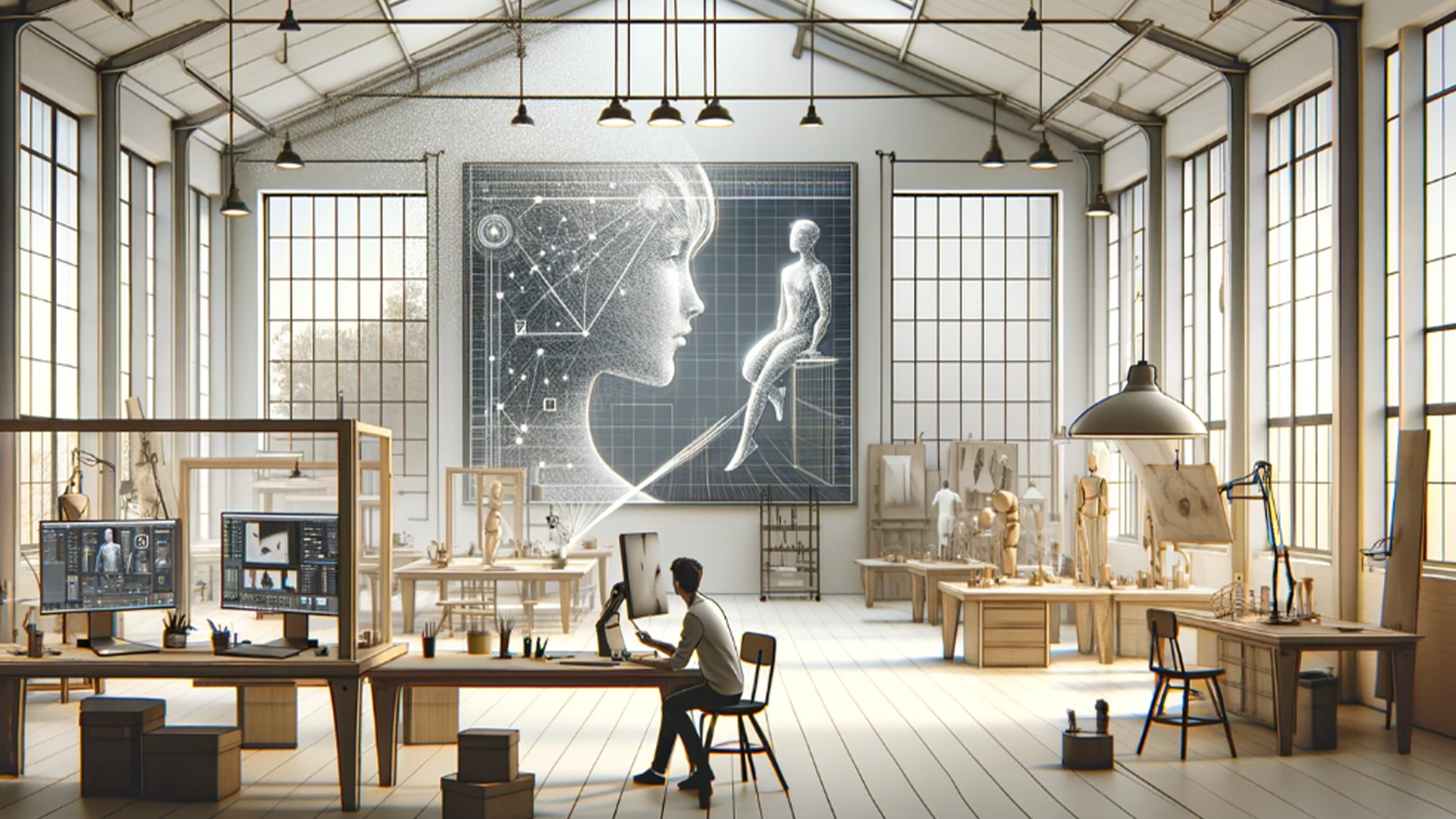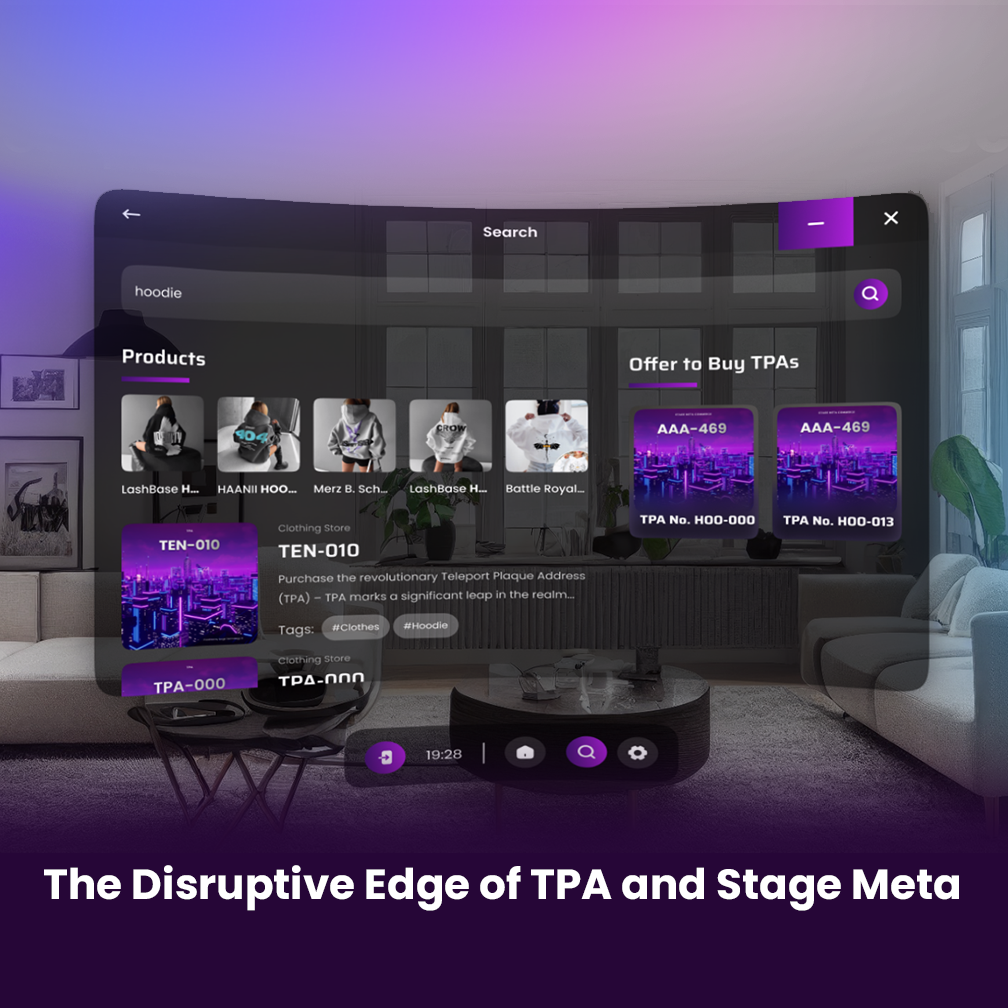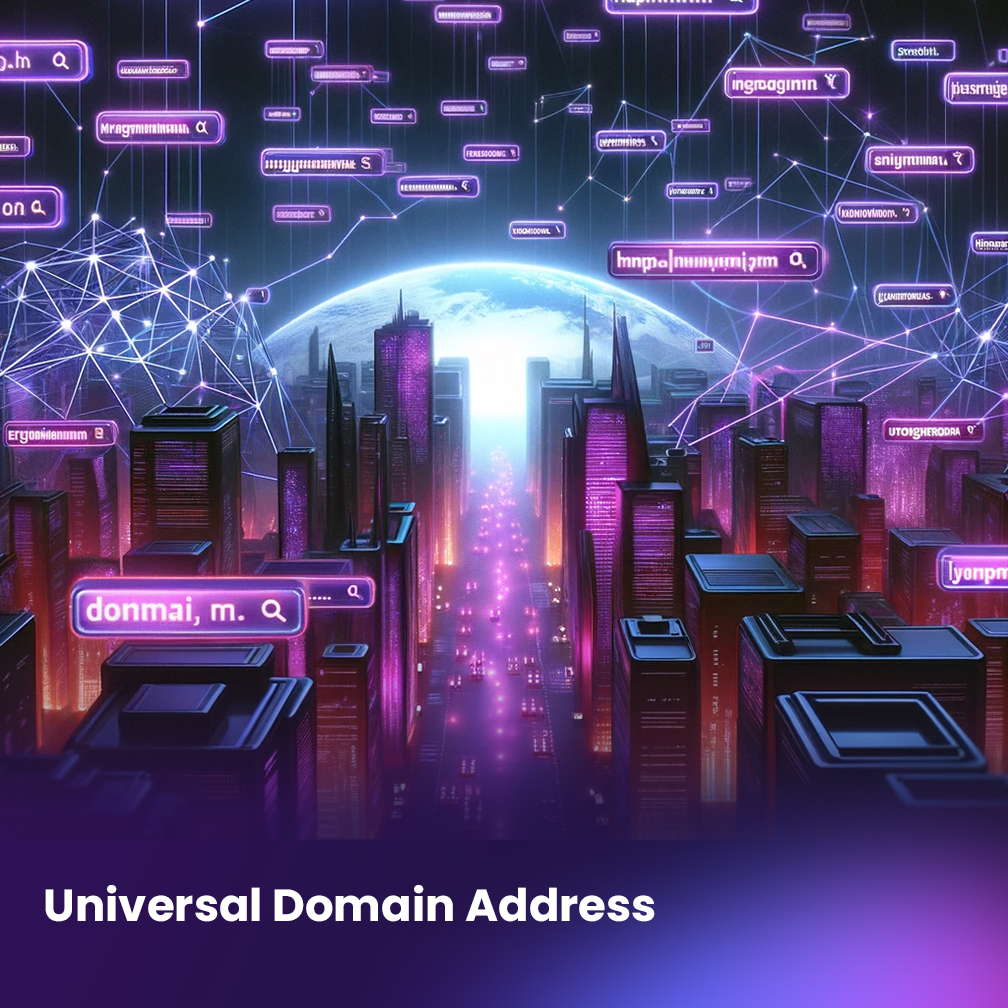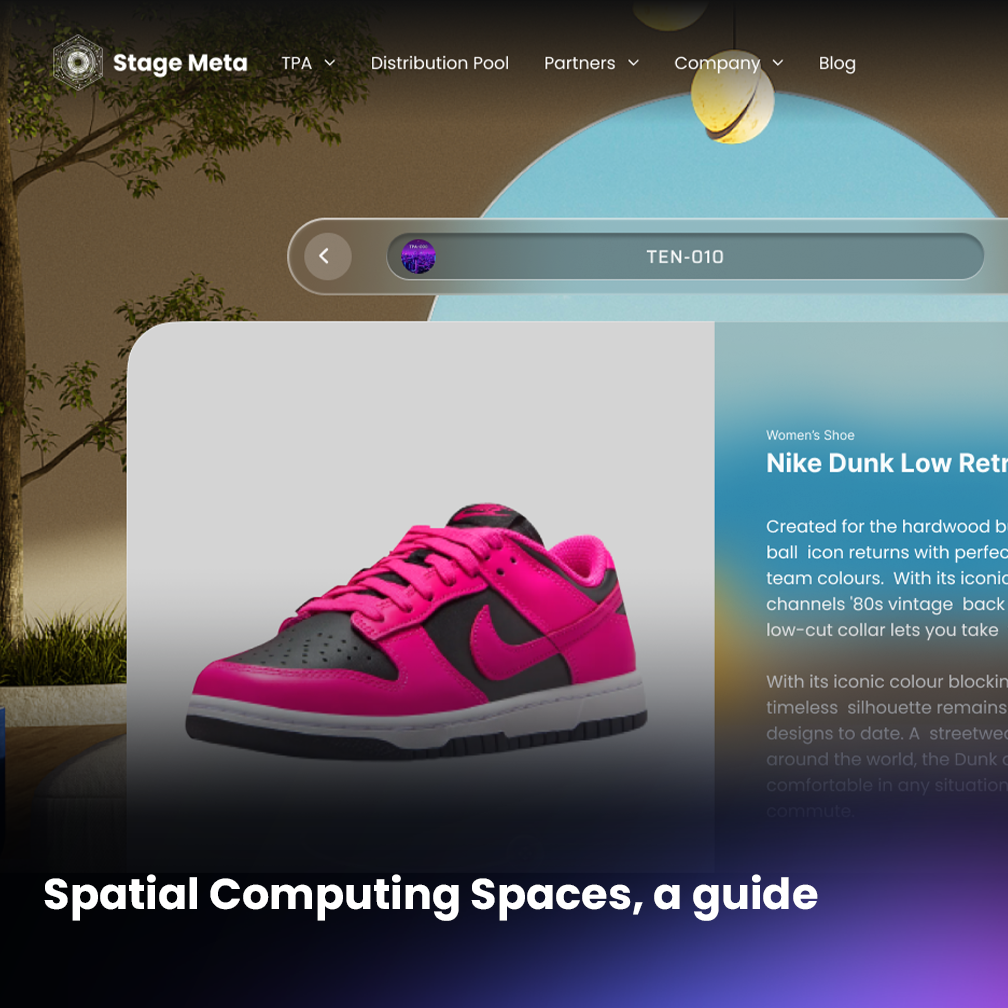The Evolution of AI and Spatial Computing in Creative Industries

Table of contents
- Introduction
- The Dawn of a New Creative Era
- AI: The Co-Creator
- Spatial Computing: Immersive Worlds
- Challenges and Opportunities
- Looking Forward
- Conclusion
- FAQs
- What role does AI play in transforming artistic creation?
- How does Spatial Computing enhance audience engagement in creative works?
- Can AI contribute to personalized entertainment experiences?
- In what ways are Spatial Computing technologies being applied in design and architecture?
- What are the challenges of integrating AI and Spatial Computing in creative industries?
- What future developments can we expect from the convergence of AI and Spatial Computing in creative fields?
Introduction
The integration of Artificial Intelligence (AI) and Spatial Computing into creative industries marks a transformative era, redefining traditional boundaries and opening new frontiers for artistic expression, design, and interactive experiences. This evolution is not just reshaping how creators approach art and design but also how audiences engage with creative works.
The Dawn of a New Creative Era
AI in creative industries began as a tool for automating mundane tasks, evolving into a partner in the creative process. From generating art to composing music, AI’s role has expanded, enabling creators to explore novel ideas and complexities previously unattainable. Spatial Computing, on the other hand, has revolutionized the way we interact with digital environments, blending the physical and digital worlds through technologies like Augmented Reality (AR) and Virtual Reality (VR).

AI: The Co-Creator
AI’s impact on creativity is profound. In visual arts, algorithms generate art, blurring the line between human and machine creativity, challenging perceptions of authorship. AI aids in composing emotionally resonant, complex music, pushing genre and style boundaries in the music industry.
Moreover, AI-driven analytics help customize experiences in real time, responding to audience emotions and feedback to create dynamic performances. In writing and filmmaking, AI tools are used for scriptwriting, editing, and even generating realistic CGI characters, streamlining the production process and enhancing narrative depth.
Spatial Computing: Immersive Worlds
Spatial Computing has transformed the canvas of creative expression, enabling artists and designers to craft immersive experiences that engage the senses in unprecedented ways. AR and VR exhibitions allow visitors to step inside artworks, experiencing them from within. In theater and live shows, spatial computing merges physical and digital elements, providing personalized narratives based on audience interaction.

In architecture and interior design, Spatial Computing facilitates the creation of interactive 3D models, allowing designers to experiment with space, light, and materials in real time, and clients to explore their future homes or offices through immersive walkthroughs.
Challenges and Opportunities
The fusion of AI and Spatial Computing in creative industries presents both challenges and opportunities. Ethical considerations, such as copyright and the ownership of AI-generated content, are at the forefront. There’s also the challenge of ensuring these technologies are accessible to all creators, not just those with significant resources.
However, the opportunities outweigh these challenges. These technologies democratize creativity, enabling individuals without traditional artistic skills to express themselves in new mediums. Finally, they foster a deeper interaction between creators and audiences, making art and design more inclusive and participatory.
Looking Forward
As AI and Spatial Computing continue to evolve, their impact on creative industries will only deepen, pushing the boundaries of what’s possible. We’re entering an era where creativity means crafting immersive, interactive, and personal experiences, not just producing art.

Conclusion
In the future, we can expect even more groundbreaking applications of these technologies, as creators and technologists collaborate to explore uncharted territories of human imagination. AI and Spatial Computing revolutionize creative industries, transforming art creation and consumption, redefining creative expression for the digital age.
FAQs
What role does AI play in transforming artistic creation?
AI serves as both a tool and a collaborator in the artistic process, enabling creators to explore new dimensions of creativity. AI broadens possibilities, generating unique artworks and aiding music composition, pushing traditional art form boundaries.
How does Spatial Computing enhance audience engagement in creative works?
Spatial Computing offers immersive experiences that transcend conventional engagement methods. Technologies like AR and VR allow audiences to interact with art and performances in a multidimensional space, providing a more personal and impactful experience.
Can AI contribute to personalized entertainment experiences?
Yes, AI’s ability to analyze audience data in real time allows for the customization of entertainment experiences. AI adjusts content for dynamic concerts or interactive performances, enhancing the experience by matching audience preferences.
In what ways are Spatial Computing technologies being applied in design and architecture?
Spatial Computing technologies enable architects and designers to create interactive 3D models, allowing for real time experimentation with space, materials, and light. Clients can explore these designs through immersive walkthroughs, significantly improving the design process and end results.
What are the challenges of integrating AI and Spatial Computing in creative industries?
While these technologies offer vast potential, they also present challenges such as ethical considerations around copyright and the accessibility of these tools to creators of all backgrounds. Addressing these challenges is crucial for the equitable development and use of AI and Spatial Computing.
What future developments can we expect from the convergence of AI and Spatial Computing in creative fields?
As these technologies continue to evolve, we can anticipate even more innovative applications that further blur the lines between the digital and physical worlds. Collaborations may yield new art forms and redefine creative expression in the digital age through interactive experiences.
Estimated reading time: 5 minutes








